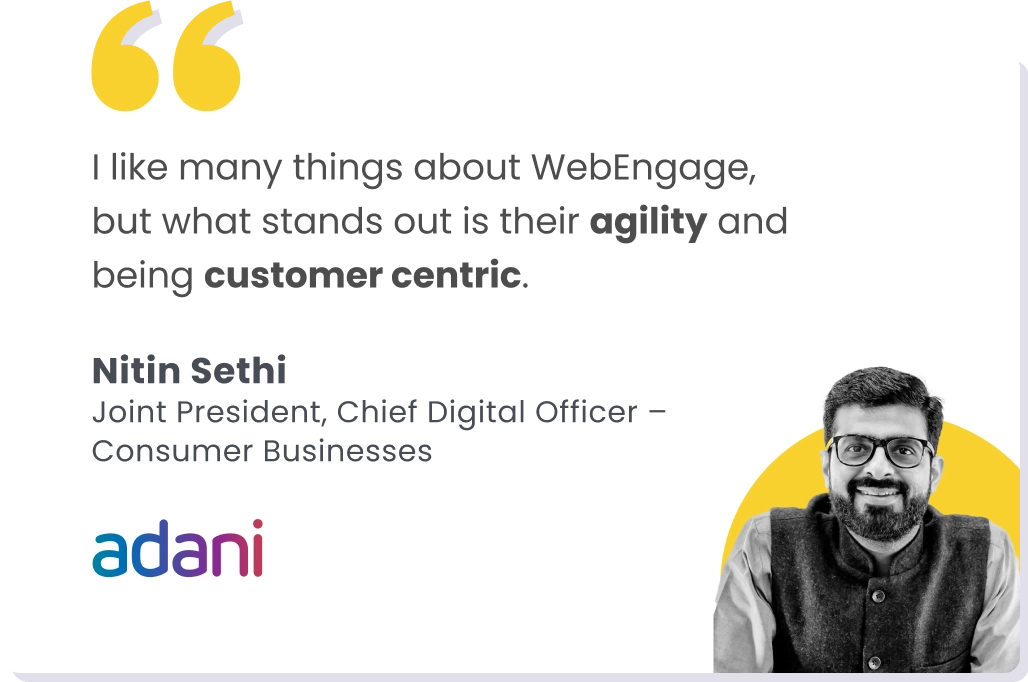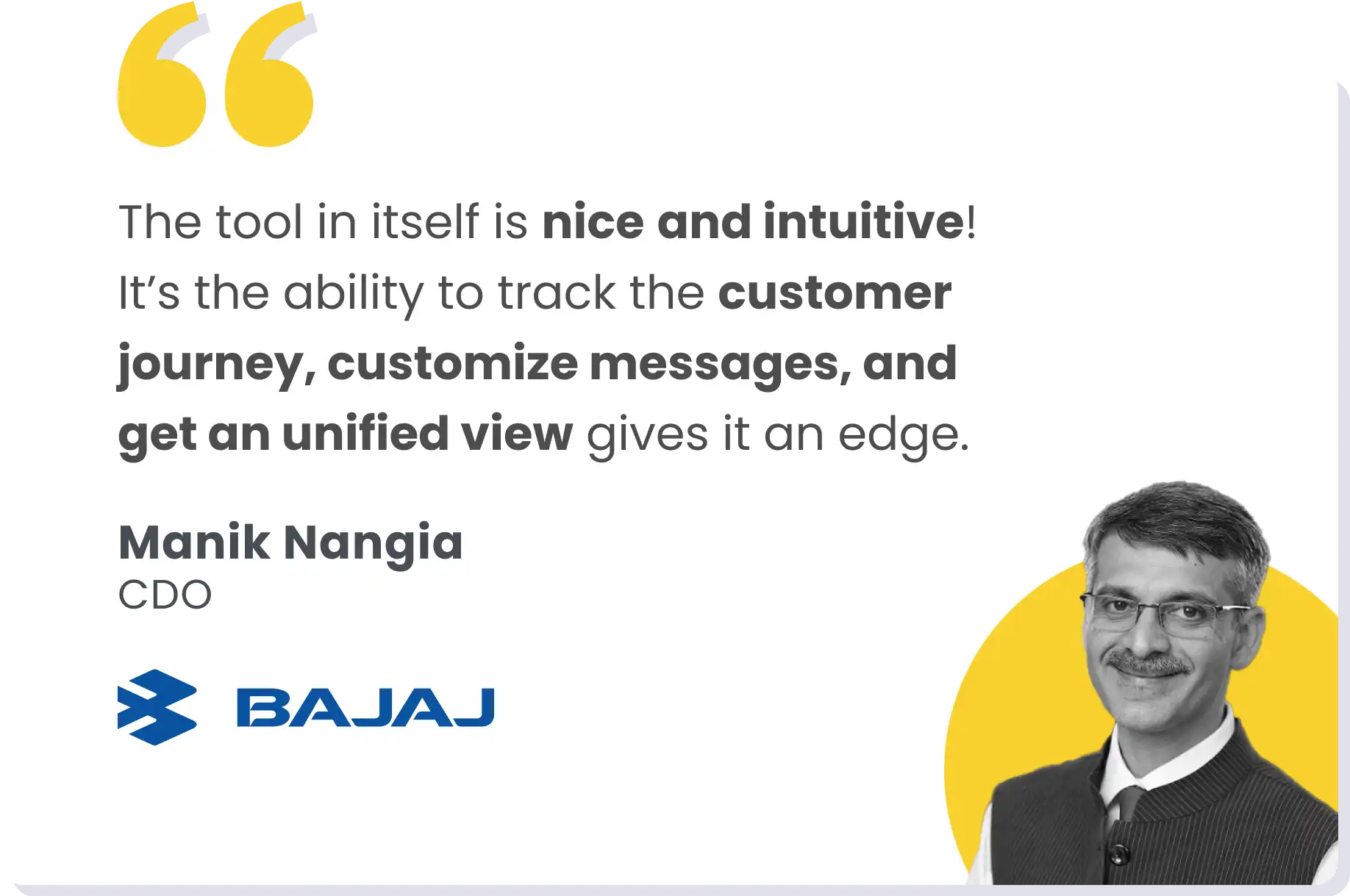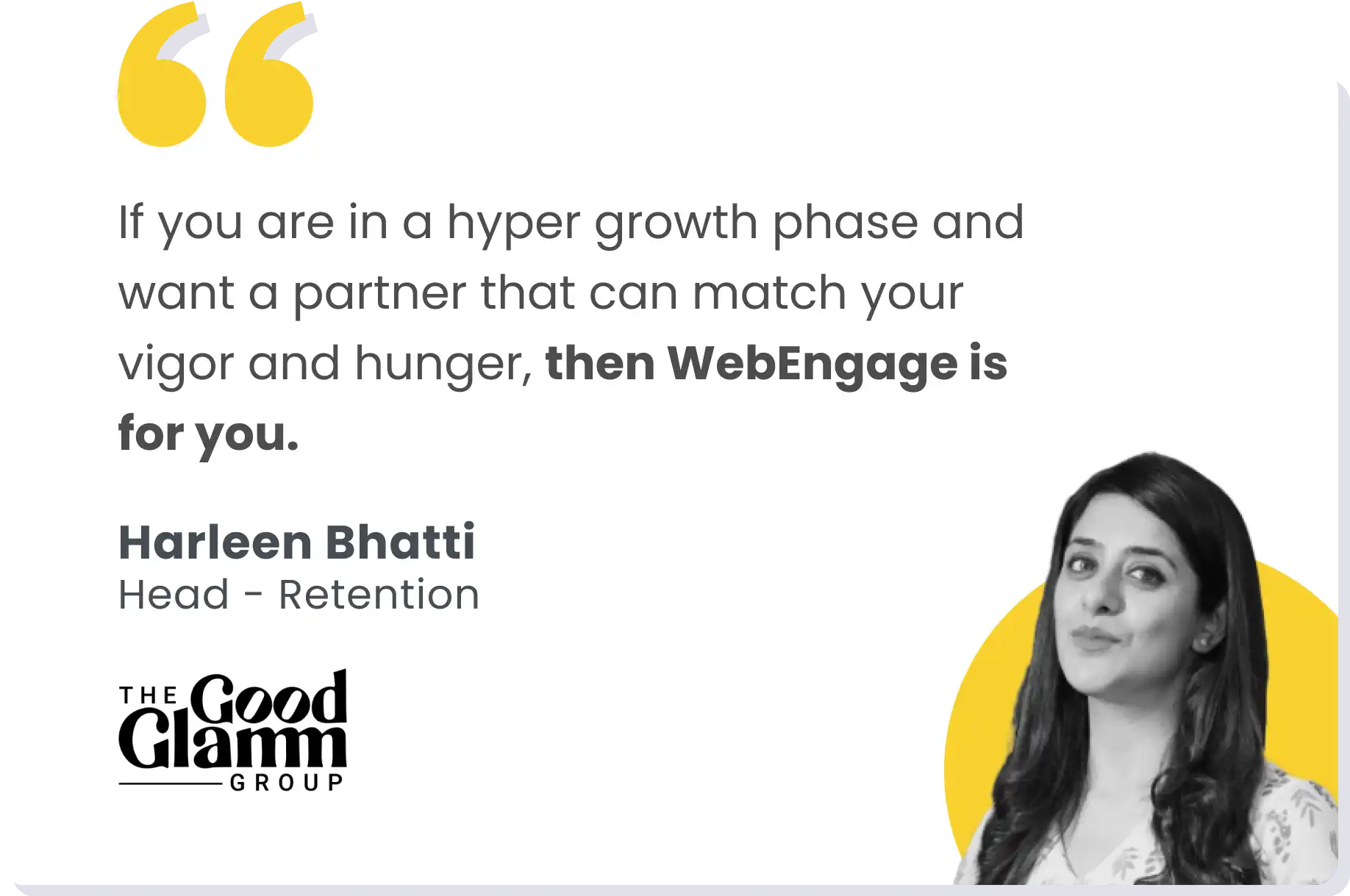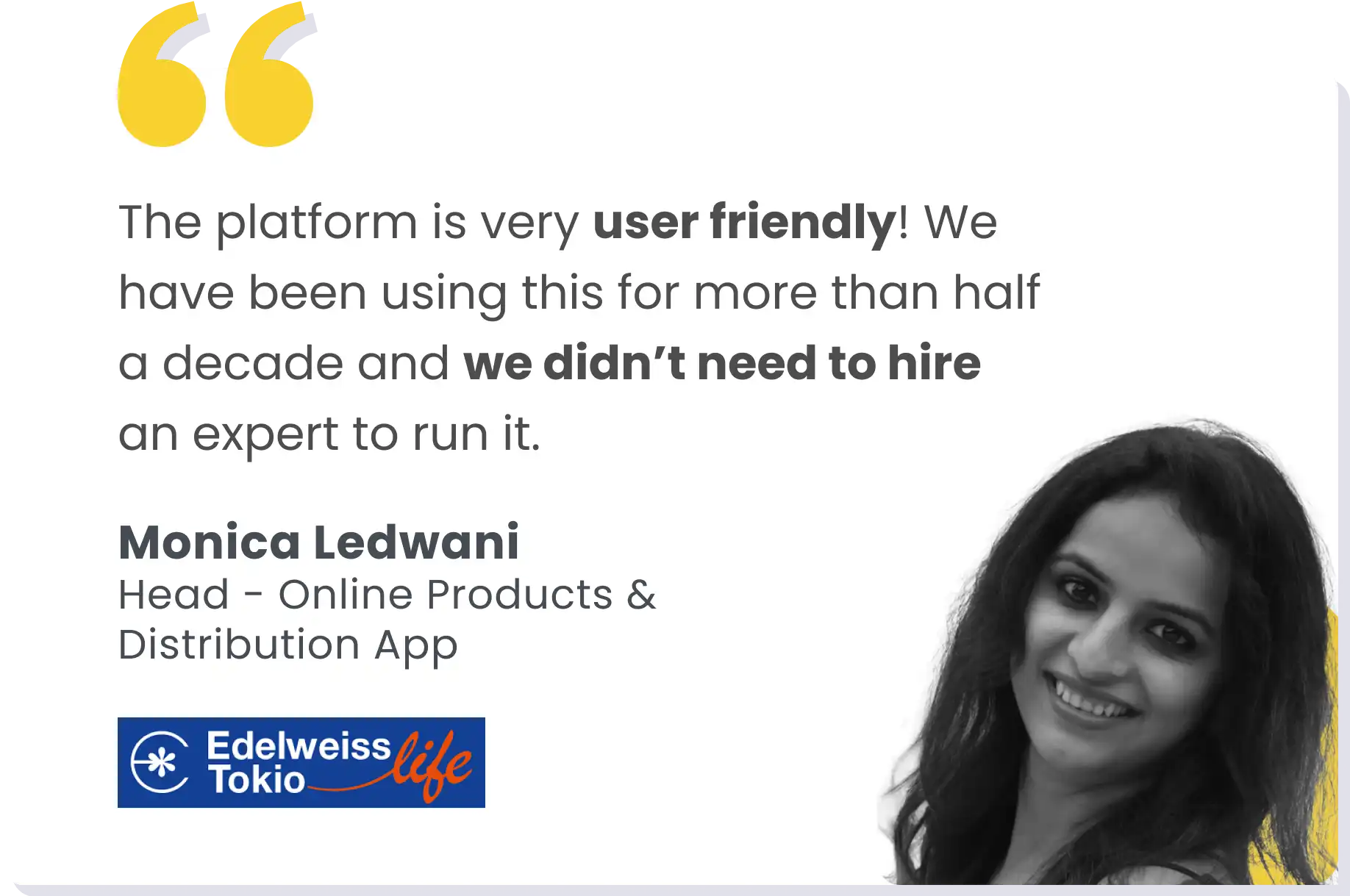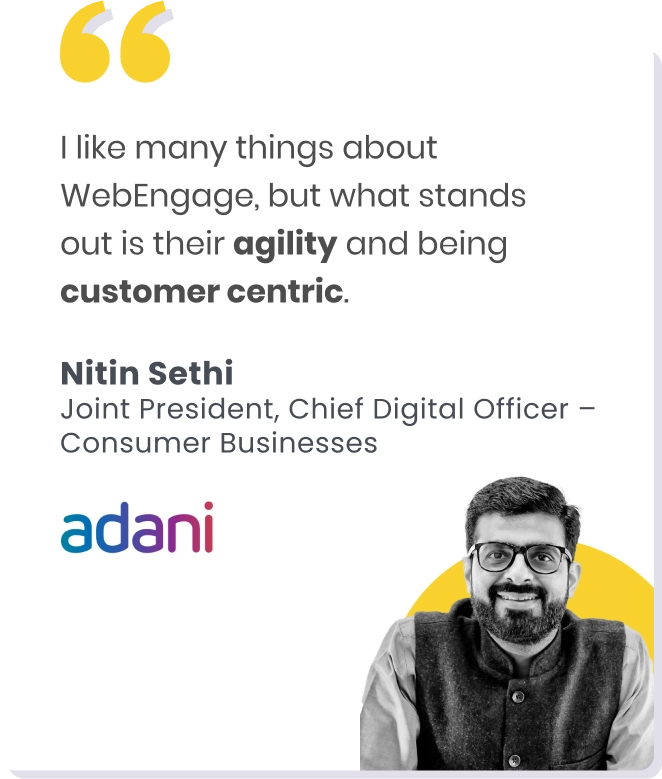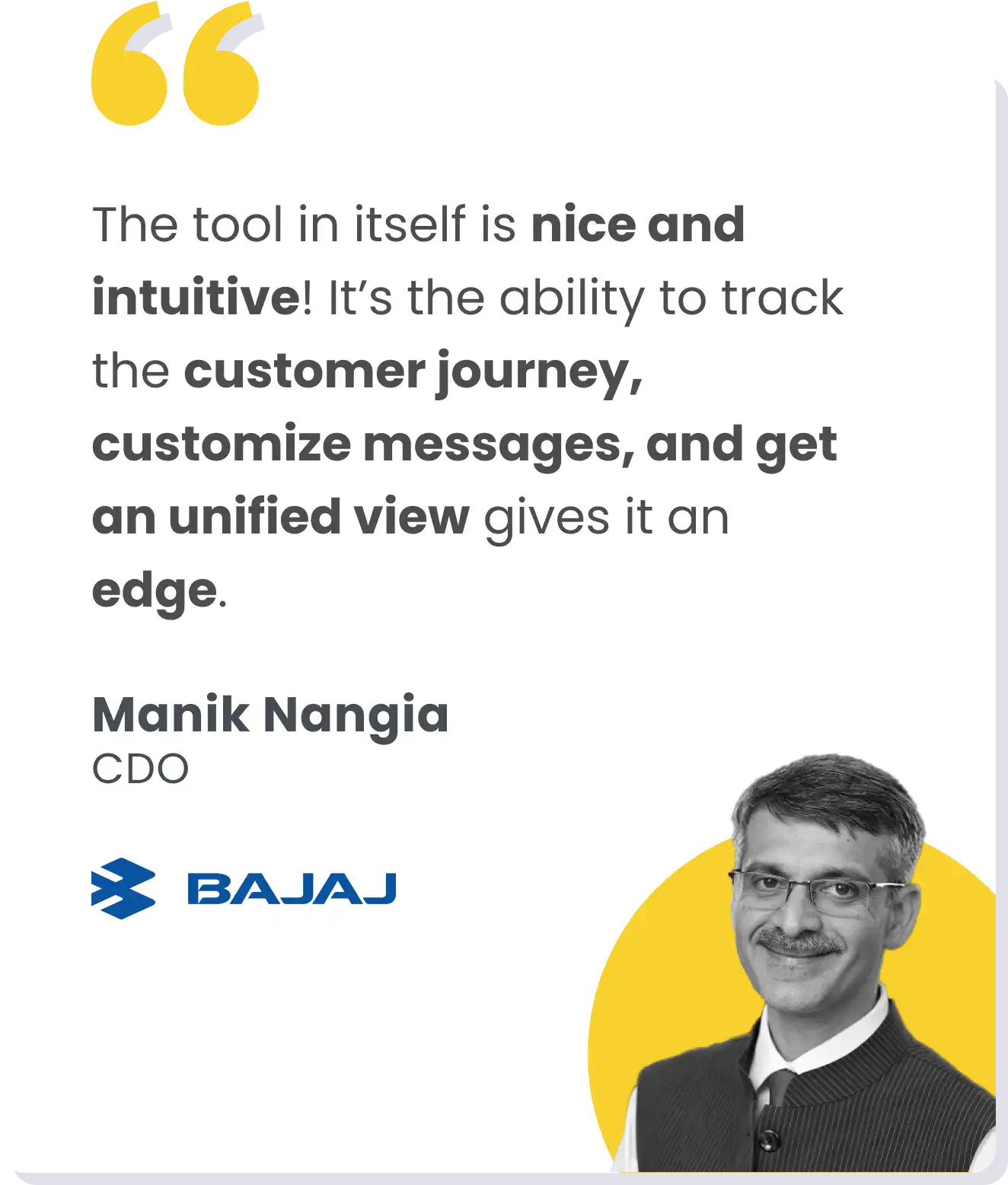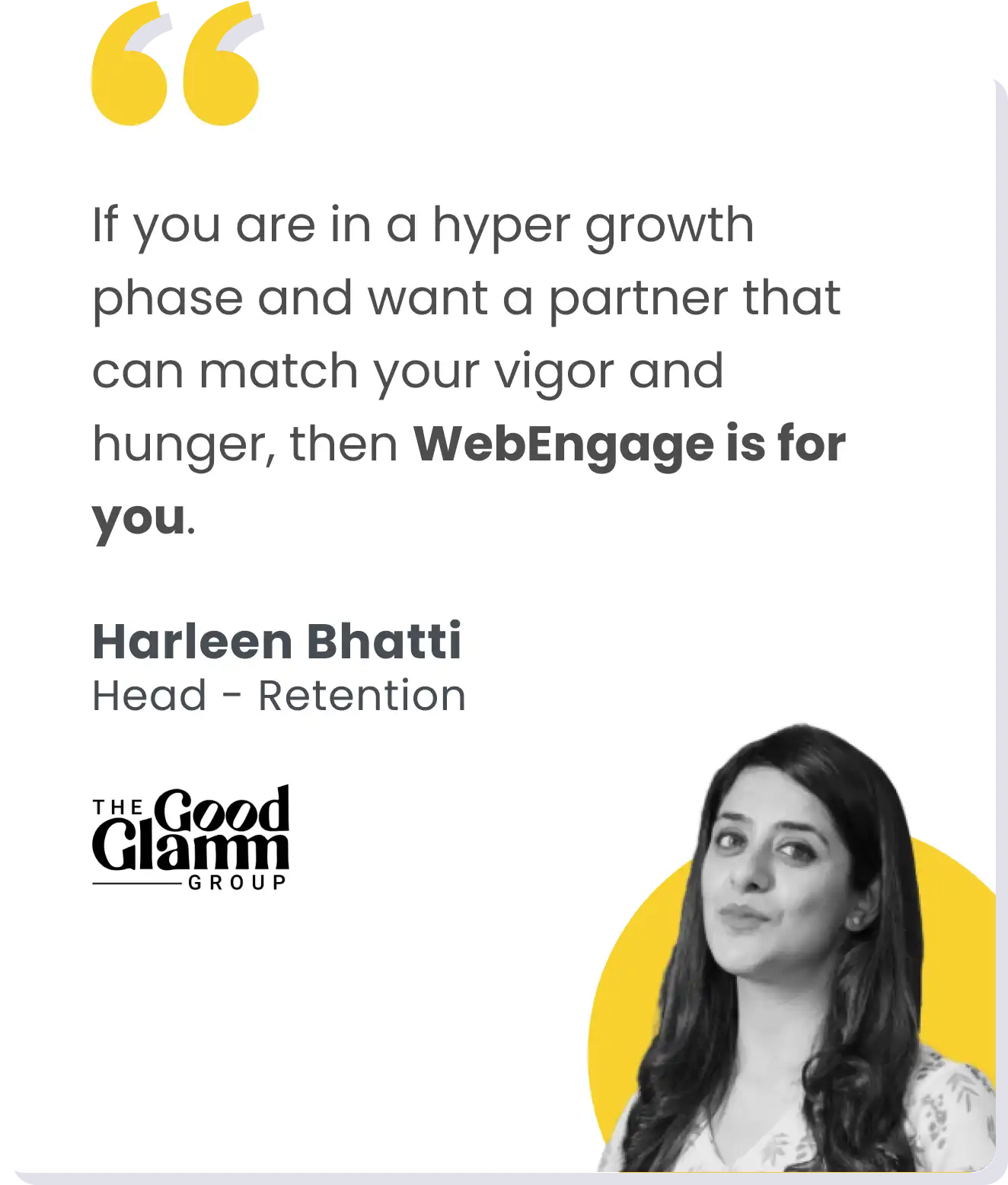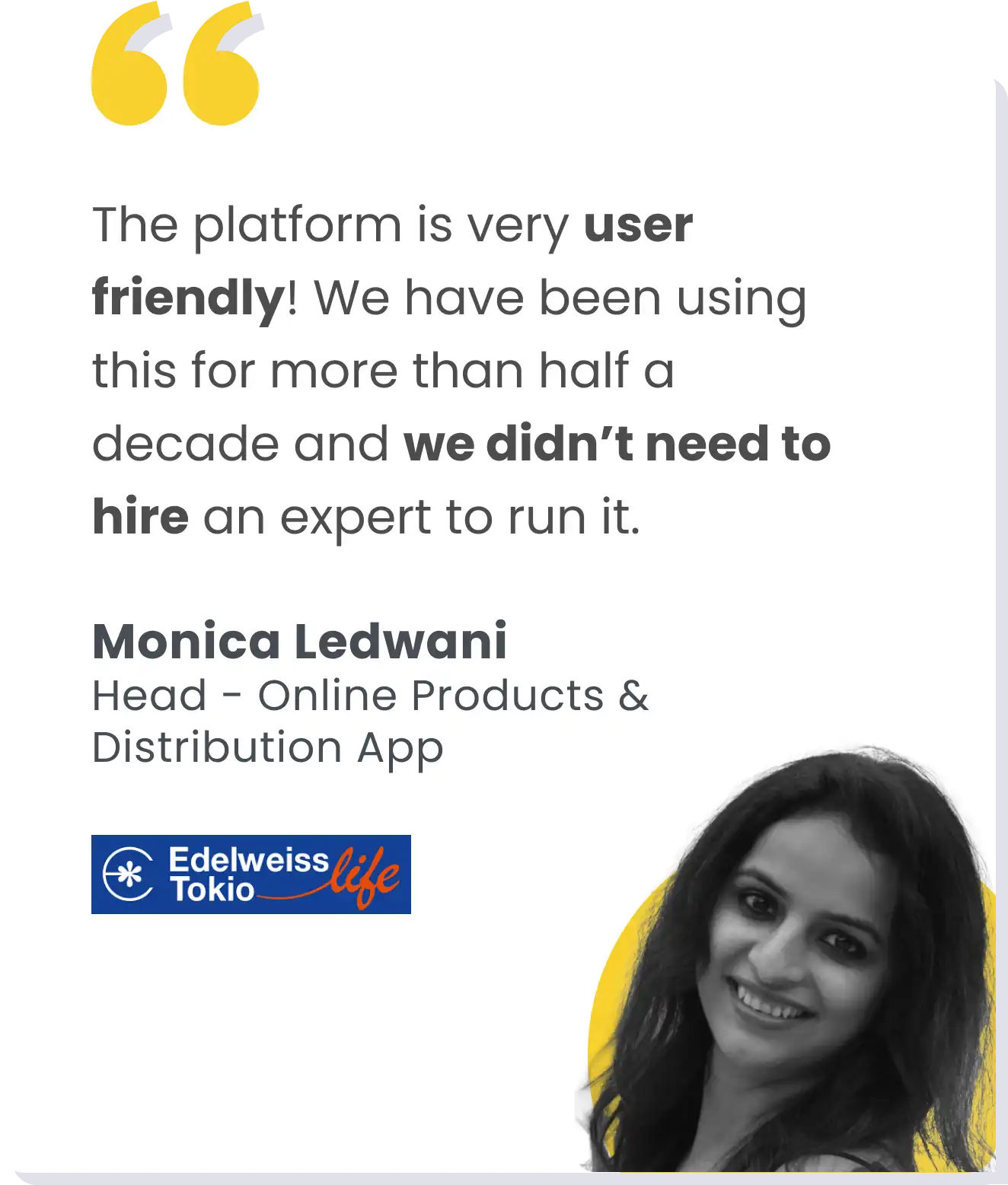Building a martech stack is like making your own sandwich – you mix and match elements that work best for you.
I’ve seen firsthand how important tools like CRM systems and Customer Data Platforms (CDP) are for our marketing efforts, and their role in driving sustainable growth cannot be overstated. But why are these tools so essential, and how can marketers make sure they’re picking the right ones?
Right People + Right Tools = Better Marketing
CRM systems help us keep our customers happy. They organize all the information we have about our customers so we understand them better. With this knowledge, we create personalized messages and campaigns that speak directly to who they are. Plus, CRM systems use AI (Artificial Intelligence) modules to add predictive analytics to prophesize what our customers might do next, like if they’re thinking of leaving us or if they’re ready to buy again.
CDPs, on the other hand, are like a treasure trove of customer data. They aggregate information from different places, like our Point-of-Sale systems, customer service tools, websites, and our CRM, to paint a better picture of each customer and create a unified 360-degree customer profile. This helps us make smarter decisions, improve retention rates, and create more intimate experiences for our customers across online and offline touchpoints like customer feedback, NPS survey results, browsing behavior, social media behavior, communication channels like WhatsApp/Email/SMS/Push Notifications, and the likes.
But tell me this – how do you choose the right tools?
Choose Wisely
Before you pick a tool, ask yourself these questions.
What do I want from my tool?
Picking the right CRM and CDP tools isn’t easy. First, we need to figure out what we want these tools to do for us. Then, we need to write down our requirements, prepare a checklist, prepare a budget, and forecast expected returns.
What does the tool do?
We research different tools that fit the bill on community-accredited marketplaces like G2 and consult peers in our industry for recommendations.
When we’re trying out different tools, we need to witness them in action through product demos to make sure they have all the features we need and that they’re easy to use.
Can it do what I want it to do?
You might seldom find everything you need in a single platform, but a good thing about these tools is they are flexible to develop customized solutions using ready-to-use plugins.
Lastly, It’s also imperative we consider how good their customer service is, in case we need troubleshooting later on (and we always do).
Things To Bear In Mind
Another layer of integration challenges could be the media aggregators like SMS, WhatsApp2, & Paid social; you want to make sure that all of these service providers are easy to integrate with the new platform and that you won’t need any customer integrations that would add up to your cost.
On the human element, I would say a big challenge is to make sure the CRM implementation committee has a representative from each department (Marketing, Customer Service, Technology, Retail, etc.) on board.
Using these tools isn’t always smooth sailing. There are usually a few operational bottlenecks that any CRM Manager might face while implementing a CRM platform, which I faced as well. The main challenge is the data sources you want to connect to your CRM or CDP, along with the quality of your data. Ask questions like do I need to standardize the data and how friendly is it to integrate all your data sources with the new platforms?
We might run into problems getting all our data into the new systems, especially if our old systems are outdated, but the good thing is that most of the new CDPs are API-friendly and interoperable with other services like SMS or WhatsApp service providers.
Another challenge is getting everyone on the same page. We need people from different departments, like Marketing and Customer Service, to work together to make sure everything runs smoothly.
Data. Data. Data.
For data management, the tools will play a big role in transforming these tons of data into meaningful customer stories through the analytical & predictive models and the unified customer view that you will be able to use to build on a lot of marketing use cases, A good customer platform will also be able to manage data duplicates, remove bad emails and highlight all weak data points.
First-party data allows you to send hyper-personalized communications instead of simply carpet-bombing users with non-targeted messages.
Here’s an example.
Non-personalized vs Personalized campaigns.
Here’s an example of a generic non-personalized vs. a personalized mobile push notification sent by a food-ordering app.
Non-Personalized
Hungry? Check out our latest menu offerings and satisfy your cravings with just a click. Order now!
Hyper-Personalized
Hey
Once we have our tools in place, they become invaluable for managing customer information and running campaigns. We can use the data they fetch us to create individualized messages and customer experiences. With advanced segmentation and automation, we can send the right message to the right person at the right time.
But What About Returns?
To know if our tools are working, we need to keep an eye on key numbers, like how much money our customers are spending and how happy they are with us. This helps us make better decisions and show the value of our investments to our bosses.
Handpicking the right CRM and CDP tools can make or break your marketing. Crafting a robust business case grounded in empirical data and unwavering conviction serves as the compass guiding these endeavors.
As an expert in the field, I am committed to helping organizations harness the full potential of these powerful tools, driving sustainable growth and fostering lasting customer relationships.









